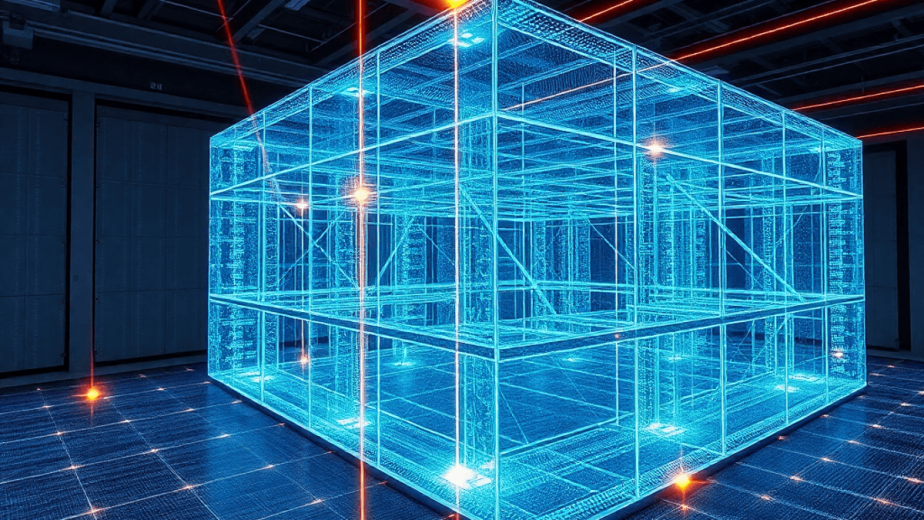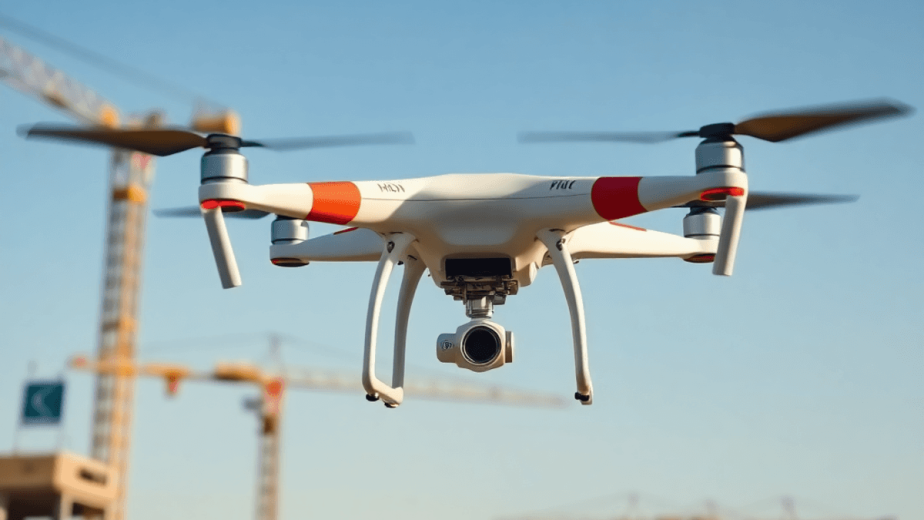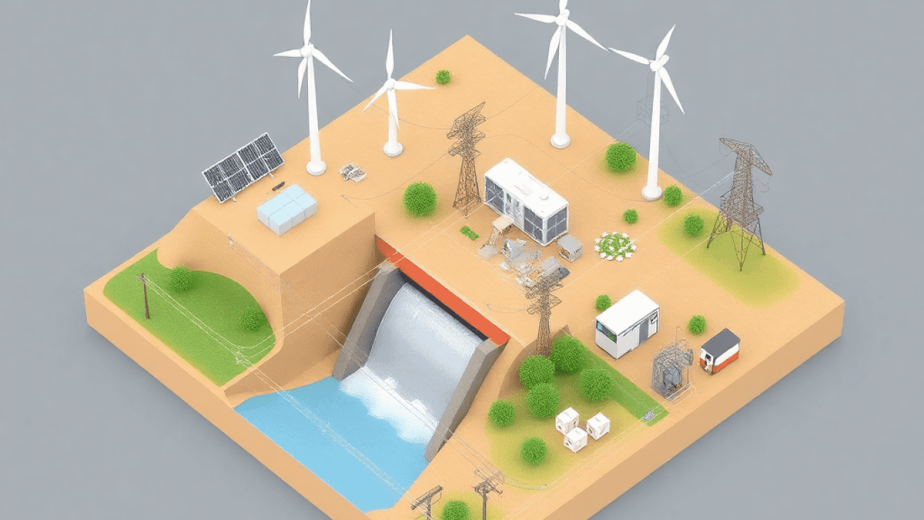AI-driven solutions are transforming the world of commercial roofing inspections. Thanks to technological advancements, inspection methods are now more accurate, efficient, and affordable than ever before.
Here’s a closer look at what this means for the industry:
- AI’s Impact on the Roofing Industry: Technologies like drones and AI algorithms are improving inspection accuracy and minimizing human mistakes.
- Importance of Efficient Inspections: Quick and thorough inspections are essential for spotting potential problems early on, preventing costly repairs, and extending the lifespan of roofing systems.
- Mira Spatial’s Role: As a leader in infrastructure monitoring, Mira Spatial uses advanced technologies—drones, satellites, and AI—to provide comprehensive monitoring solutions that help businesses make informed decisions about their assets. To learn more about their services or get in touch, visit their contact page.
These innovations are set to enhance operational efficiency and lower costs in commercial roofing inspections.
The Role of Technology in Roofing Inspections
1. Drones in Roofing Inspections
Drones have become an essential part of modern roofing inspections, completely changing the way we assess roofs. Their use in the roofing industry represents a major step forward in using technology for better accuracy and efficiency.
Enhancing Inspection Accuracy
The precision offered by drone technology is unmatched. Equipped with high-resolution cameras and advanced sensors, drones can capture detailed aerial images that reveal even the smallest irregularities on a roof’s surface. This capability allows for:
- Comprehensive Coverage: Drones can survey large areas quickly, ensuring no section goes unchecked.
- 2D and 3D Mapping: Advanced imaging techniques create precise models that aid in understanding structural conditions.
- Real-Time Data Acquisition: Instantaneous data collection enables quicker decision-making during inspections.
Such technological advancements lead to superior inspection outcomes, minimizing the risk of overlooking critical issues that may compromise roof integrity.
Cost-Saving Benefits of Remote Assessments
Using drones can significantly lower the costs associated with traditional inspection methods. Here are some key financial benefits:
- Reduction in Labor Costs: Fewer personnel are needed on-site, lowering labor expenditures.
- Minimized Equipment Expenses: Traditional scaffolding or lifting equipment can be costly; drones eliminate the need for such tools.
- Decreased Inspection Time: Rapid assessments mean shorter project timelines, yielding cost efficiencies.
These savings make drone inspections an attractive option for contractors and property owners alike, providing high-quality assessments without the accompanying high costs.
Real-World Examples of Drone Usage in Commercial Roofing
Several companies have successfully integrated drone technology into their roofing inspection processes, illustrating its practical applications:
- Walsh Construction: This firm employs drones for routine inspections across multiple sites. Drones allow them to monitor projects remotely, ensuring adherence to safety standards while mitigating risks associated with physical inspections.
- Ridgeview Roofing: By incorporating aerial imagery into their service offerings, Ridgeview has streamlined the damage assessment process after severe weather events. They utilize drones to quickly survey roofs, providing clients with immediate reports on potential damages without extensive delays.
- BlueSky Aerial Imaging: Specializing in commercial properties, BlueSky utilizes drones combined with AI-driven analysis to deliver detailed reports on roof conditions. This approach not only enhances accuracy but also provides clients with actionable insights based on current conditions.
Incorporating drone technology into roofing inspections marks a significant advancement within the industry, driving improvements in accuracy and operational efficiency while offering substantial cost benefits. As technology continues to evolve, its application will likely expand further, establishing new benchmarks for excellence in roofing assessments.
2. AI Algorithms and Image Analysis
AI technology is transforming roofing inspections with its advanced image analysis techniques. By using high-resolution images taken by drones, AI algorithms can find small damages that might be missed during traditional inspections. This ability improves the accuracy of assessments, ensuring thorough evaluations of roofing conditions.
Key aspects of AI-driven image analysis include:
Detection of Common Issues: AI can effectively spot problems such as:
- Missing shingles
- Hail damage
- Water pooling that could indicate underlying leaks
Comparison with Human Inspections: While human inspectors rely on experience and visual cues, AI offers:
- Consistent accuracy unaffected by environmental factors (e.g., lighting conditions)
- The ability to analyze vast amounts of data quickly, leading to timely decision-making
The integration of AI into roofing inspections signifies a shift towards data-driven methodologies. Enhanced capabilities in damage detection not only improve the reliability of assessments but also facilitate proactive maintenance strategies. As the roofing industry continues to embrace these modern technologies, the role of AI in driving efficiency and accuracy becomes increasingly pronounced in commercial applications.
Predictive Maintenance through Data Analytics
Proactive maintenance plays a crucial role in extending the lifespan of commercial roofs. With the integration of predictive maintenance strategies, property owners can significantly reduce unexpected repair costs and ensure their assets remain in optimal condition.
Importance of Proactive Maintenance
Regular inspections and maintenance activities are essential in identifying potential issues before they escalate. Addressing minor problems early can prevent costly repairs and prolong the lifespan of roofing systems.
Leveraging Historical Data
The analysis of historical data is pivotal in predicting future repair needs. By examining past performance and maintenance records, roofing professionals can:
- Identify Patterns: Understanding when and where issues typically arise allows for targeted maintenance efforts.
- Optimize Resource Allocation: Data-driven insights enable better planning of manpower and materials, leading to more efficient project execution.
Successful Predictive Maintenance Strategies
Several companies have successfully implemented predictive maintenance strategies that illustrate the advantages clearly:
- Data-Driven Inspections: Utilizing AI and machine learning algorithms, firms can analyze collected data from various sources to forecast maintenance requirements accurately.
- Real-Time Monitoring Systems: Advanced monitoring technologies provide continuous oversight of roofing conditions, alerting stakeholders to any anomalies that require immediate attention.
These approaches not only enhance the effectiveness of maintenance planning but also contribute to significant cost savings and improved asset longevity. As the industry evolves, embracing such innovative solutions will become increasingly essential for maintaining competitive advantage in commercial roofing.
Enhancing Customer Satisfaction with AI Solutions
The integration of AI-driven solutions in commercial roofing inspections significantly enhances customer satisfaction. Key benefits arise from:
1. Faster Response Times
Automated processes streamline communication and operational efficiency. For instance, AI systems can quickly analyze inspection data and generate reports, reducing the time clients wait for feedback on roofing conditions. This immediacy fosters trust and confidence in service providers.
2. Improved Communication
AI tools facilitate seamless interactions between contractors and clients. Interactive dashboards allow clients to access real-time updates on project status, enhancing transparency. Enhanced communication leads to stronger relationships, as clients feel informed and engaged throughout the inspection process.
The Future of Commercial Roofing Inspections with AI
The commercial roofing industry is about to undergo a technological transformation powered by ongoing advancements in AI. As companies like Mira Spatial take the lead, several future trends are starting to emerge:
1. Integration of Advanced AI Algorithms
Machine learning techniques will continue to improve, allowing us to predict potential roofing issues before they become major problems. These algorithms will analyze large amounts of data from different sources to ensure accurate assessments.
2. Enhanced Drone Capabilities
Future drones may include better imaging technologies, making inspections even more precise. Thermal imaging and multispectral analysis will help us quickly identify leaks and other hidden damages.
3. Real-Time Data Monitoring
Smart roofs with IoT sensors will provide constant feedback on structural integrity. This capability allows us to intervene with maintenance proactively, significantly extending the lifespan of roofing systems.
4. Customized Reporting Tools
Advanced analytics platforms will deliver tailored insights based on specific building needs. This personalized approach ensures stakeholders receive actionable intelligence without unnecessary complexities.
Predictions for the industry’s direction over the next decade suggest a shift towards fully automated inspection processes. As AI-driven solutions evolve, they will not only enhance efficiency but also redefine standards for safety and quality in roofing inspections. Continuous platform evolution remains central to Mira Spatial’s mission, positioning them as leaders in this transformative era. Embracing these innovations will be crucial for organizations aiming to stay ahead in a rapidly changing landscape.
Conclusion
AI-Driven Solutions for Enhancing Commercial Roofing Inspections are changing the roofing industry, providing significant benefits:
- Increased Accuracy: Advanced technologies such as drones and AI algorithms elevate inspection precision.
- Cost Efficiency: Remote assessments reduce labor costs and time spent on site.
- Predictive Maintenance: Data analytics enable proactive intervention, extending roof lifespans.
As a trusted consultant, consider implementing these cutting-edge solutions for your projects. Embrace the potential of AI-driven technologies to optimize efficiency and enhance your inspection processes.
Explore more about advanced inspection methods and stay ahead in the evolving commercial roofing industry. Your investment in technology today will pave the way for sustainable success tomorrow.



